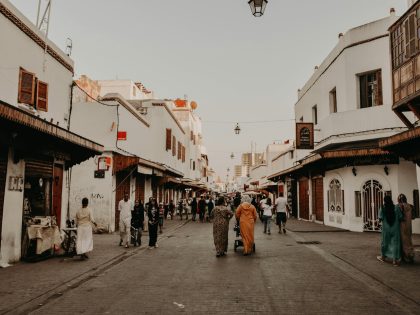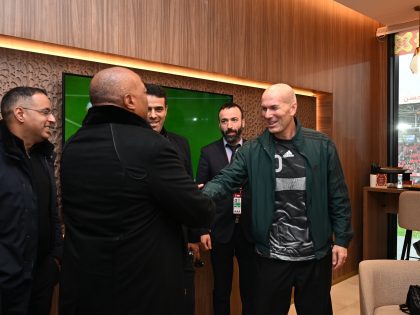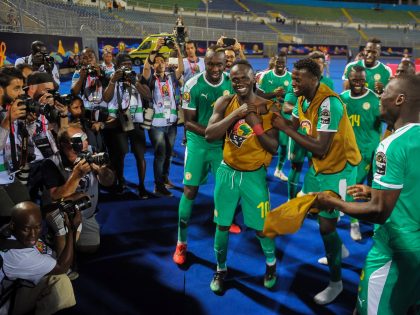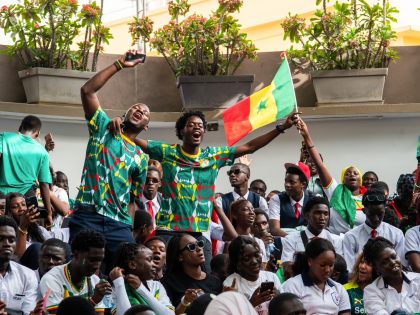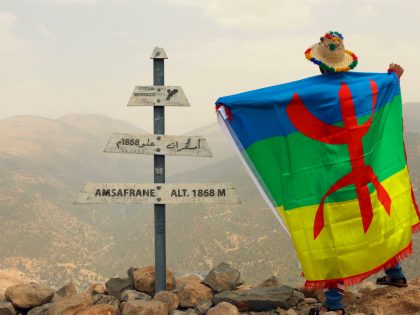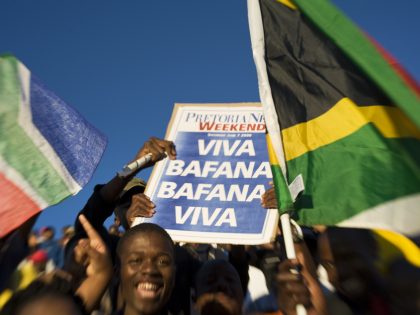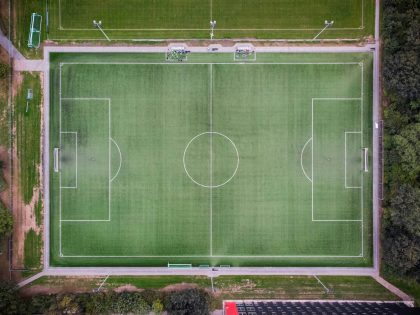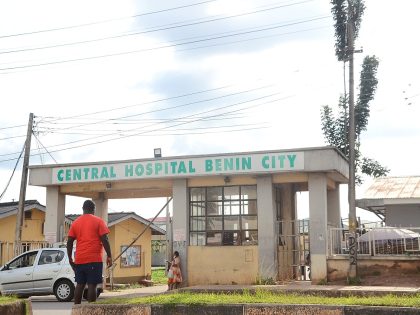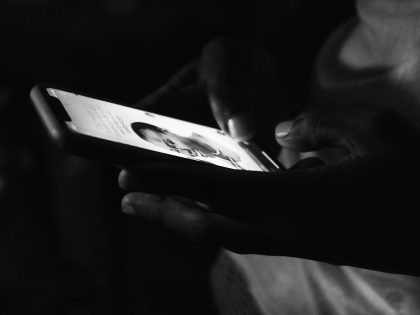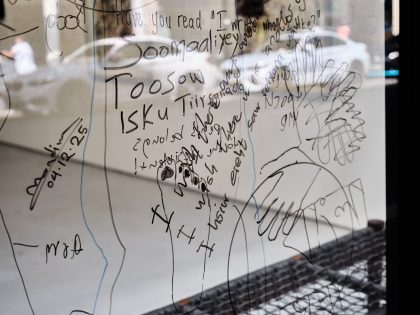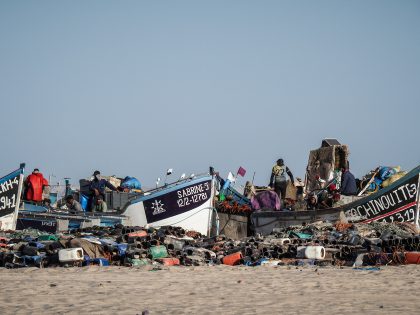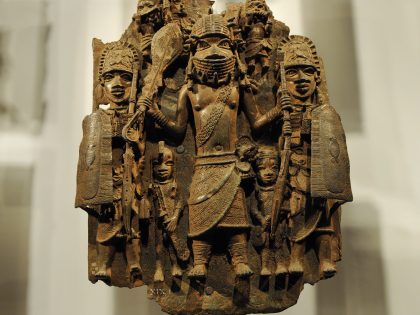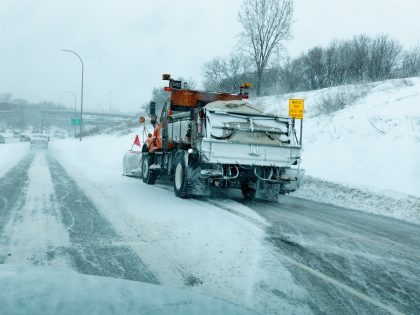Women and rural gentrification in Ethiopia
Ethiopia forcibly relocates rural populations, often at gunpoint and never with any consultation, so the land can become "more productive."

Image credit Rod Waddington via Flickr CC.
Human Rights Watch has released a major report with a long title, “Waiting Here for Death’: Forced Displacement and ‘Villagization’ in Ethiopia’s Gambella Region.” The report defines villagization as “… the clustering of agropastoral and/or shifting cultivator populations into more permanent, sedentary settlements.” In layman’s terms, it amounts to rural gentrification, in which vulnerable populations are forcibly relocated, often at gunpoint and never with any consultation, so that the land might become “more productive.”
Gambella is the westernmost part of Ethiopia, the part that juts into South Sudan. It is just finishing the first of a three year villagization program that, “if all goes well,” will forcibly remove whole swaths of semi-nomadic, indigenous Nuer and Anuak people and communities.
In the past three years, Ethiopia has leased out an area of land that is about the size of the Netherlands. And there’s more to come. A lot more.
So, the Nuer and the Anuak are moved to ‘new’ and ‘modern’ villages, where there’s little to no food, farmland, healthcare, or educational facilities. Ultimately, the plans are for 70,000 to be removed, out of a population of some 300,000. The larger plans are to move 1,500,000 people from four regions by the end of next year.
The story has all the major players: foreign donors, the Ethiopian government, foreign and domestic investors, and rural and indigenous populations. The story’s been picked up by the Associated Press, Bloomberg, the Guardian, the BBC, the Telegraph, Global Post, the Voice of America, Reuters, Le Monde, to name a few.
What happens to women in villagization? Don’t ask the news media. Some show women in pictures, but none report.
The Human Rights Watch report, on the other hand, does give some answers.
First, when people realize that the new villages are without infrastructure or food, the men try to return to their old farms, or run off and hide in the bush and then on to South Sudan, or, if they can, to the refugee camps in Kenya. This leaves behind women, children, the sick and the elderly. That is, the daily labors of women increase exponentially. That labor is further increased by the poverty of education and healthcare services, meaning more care of children, the sick and the elderly falls to women every minute of every day.
Women’s work increases, women’s vulnerability intensifies.
The villages are surrounded and populated by the soldiers who brought the Nuer and Anuak to their new ‘homes’. First, the men disappear. Second, there is little available water, and so the women are walking, often alone, great distances to fetch water. Women have reported at least 20 rapes in the past year, and most of them were multiple rapes, involving more than one soldier.
After the construction was completed, the soldiers moved on. They are reported to have taken seven girls as ‘wives’. As of yet, none of those girls has returned to their families.
There are no services for survivors of sexual violence in the new villages. Welcome home.
At every step, the story of villagization is particularly a women’s story, unless of course you read the news reports.


